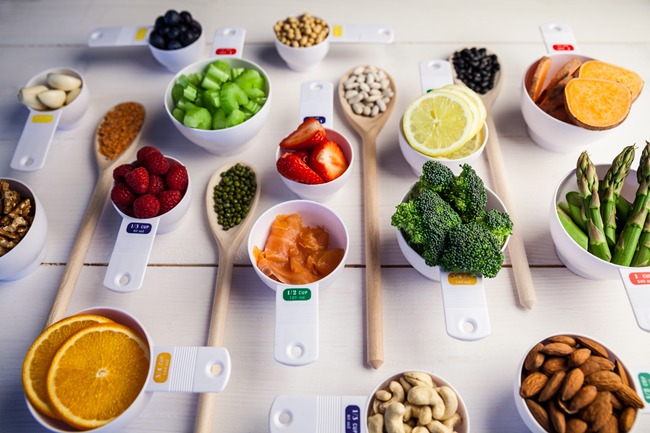 Immediately after bariatric surgery controlling your food portions can come fairly easy due to the new restriction of your stomach pouch. Most individuals after surgery tolerate only a small amount of food before they feel full. Long-term, food portion control will play an important role in supporting your weight management goals and preventing you from overfilling your pouch, which can make you sick.
Immediately after bariatric surgery controlling your food portions can come fairly easy due to the new restriction of your stomach pouch. Most individuals after surgery tolerate only a small amount of food before they feel full. Long-term, food portion control will play an important role in supporting your weight management goals and preventing you from overfilling your pouch, which can make you sick.
Portions are different than a serving size. A serving size is the common measured amount of a food or beverage that is found on a nutrition label; whereas a portion is the amount of a food or beverage you actually consume. Often, the right portion size is the same as one serving, but this is not always the case after surgery.
The general recommendation for total meal sizes after surgery is no more than 4 ounces or ½ cup. If you are able to tolerate closer to 1 cup of food at a meal, you should focus more on high-volume non-starchy vegetables (like broccoli, mushrooms, and collard greens) to fill you up for fewer calories. Measuring cups and food scales are valuable tools that help you learn and identify what 4 ounces looks like. Smaller plates and utensils are also recommended to decrease your portions and slow down meal times. Your plate should be no larger than 9 inches; this is commonly your salad plate.
With smaller portions consumed after bariatric surgery it is important to focus on making your meals nutrient dense. Nutrient dense foods include: lean protein, vegetables, fruits, beans/legumes, and whole grains (like rolled oats, cream of wheat, and quinoa).
Read more about health grocery shopping here.
If you are having trouble with portion control or with your weight management goals, contact the office today and schedule an appointment with our dietitian.
If there is a nutrition topic you would like the dietitian to cover in an upcoming newsletter please email metabolicsurgery@erlanger.org.







